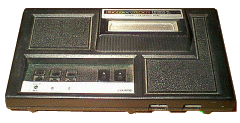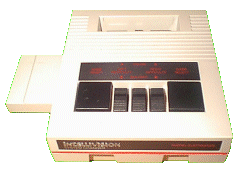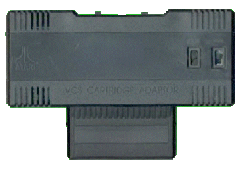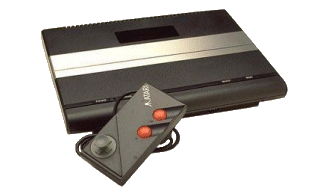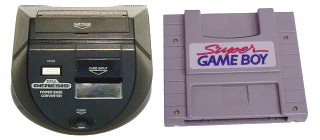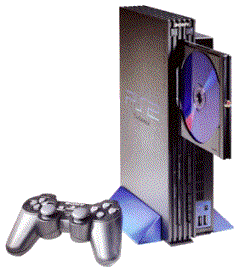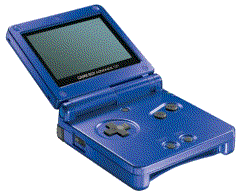While I may applaud the efforts of companies who had thought of implementing "backwards compatibility" into their systems, either through adapters or instantly built into the system, one can only wonder how long a company may choose to market an upgrading lineage of systems with an increasing backlog of games reaching back years from the current generation of systems. With the Gameboy line of systems going back 14 years to the time of Tetris and Super Mario Land, one can see how the games have improved over the timespan in various particulars. Had Atari chose to make the Jaguar a compatible system with the Atari 2600 and 7800 (which they didn't), we would have seen such a technological evolution of software dating back to the late 1970s playing on the unit. However, the urge to come up with something totally new and to break completely away from gaming's past can unexpectedly come upon a company that built its success upon previously-established systems and software looking to keep up with what gamers want to play in the here-and-now. So while the somewhat annoying inevitable event of change must take place somewhere along the line, let's not forget to at least enjoy the games we have on the systems we can play them on now and be thankful for the blessing of hardware that keeps yesterday's gameware working.
ARTICLE ADDENDUM: THE FC TWIN SYSTEM!
At this writing I now own a system for playing both NES and SNES games on
the same unit called the FC Twin, an unauthorized Nintendo-compatible game
console which was released late 2006. Available in both pearl and
near-black, the FC Twin console resembles the mid-1990s smaller-cased Super
NES with a Reset button and a Power switch that lets you select between
8-bit (NES games) and 16-bit (Super NES games), even without having to
switch the power off! The system also comes with a pair of SNES-compatible
joysticks that can be used for both systems' games, though because of that,
NES games that require the light gun or Power Pad controllers cannot be
played. So far, the only games I have tested on the FC Twin system are
Arcades Greatest Hits: The Atari Collection for the Super NES as well as
Pac-Man and Donkey Kong Classics for the NES, yet aside from a
bit of cleaning of one NES game cartridge, all three of them work perfectly
on the system. This may be the perfect game system for NES and SNES
game fans who want one system to play all their favorite classic game
cartridges on.
